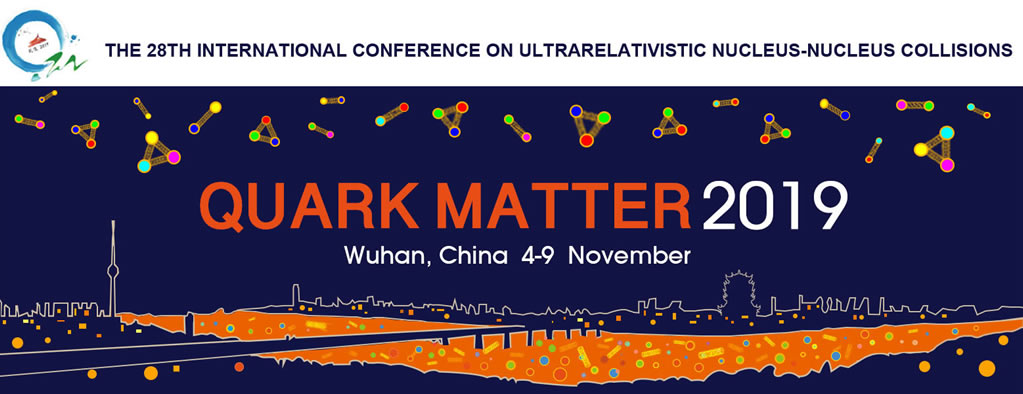Speaker
Description
Owing to their large mass, charm quarks are predominantly produced through initial hard scatterings in heavy-ion collisions. Therefore, they can serve as penetrating probes to study the intrinsic properties of the hot medium created in heavy-ion collisions. However, Cold Nuclear Matter (CNM) effects can also affect the charm quark production in nuclear collisions with respect to p+p collisions. These effects can be measured in small systems such as d+Au collisions.
In this poster, we will report the first measurement of $\text{D}^{0}$ production in d+Au collisions at $\sqrt{s_{\text{NN}}}=200$ GeV by the STAR experiment taking advantage of its high-precision Heavy Flavor Tracker detector. $\text{D}^{0}$ ($\overline{\text{D}^{0}}$) mesons were topologically reconstructed from their hadronic decay channel $\text{D}^{0} (\overline{\text{D}^{0}})\rightarrow K^- \pi^+ (K^+ \pi^-)$. In order to further improve the signal significance, a supervised machine learning algorithm (Boosted Decision Trees) was used. The nuclear modification factor of the $\text{D}^{0}$ meson was extracted to quantify the CNM effects and compared to model calculations.
